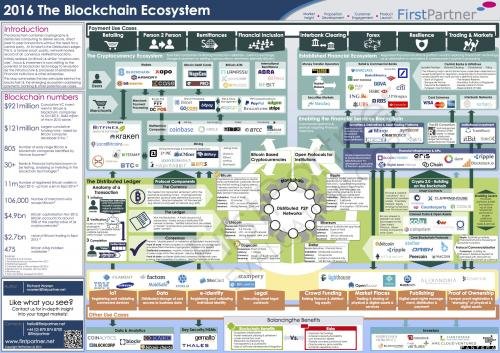Goldman Sachs has clinched an important victory in its race to transition from a stodgy investment bank into a fintech powerhouse: it was awarded a patent for its proposed "SETLcoin" cryptocurrency settlement system, according to CoinDesk, the first to report on the patent.
“The US Patent and Trademark Office (USPTO) published Goldman's patent on July 11, entitled "Cryptographic currency for securities settlement". The bank made headlines when the existence of the patent application was revealed in late 2015.”
The concept envisions a system for settling securities trades using cryptocurrency instead of cash or other cash equivalents. When filed in December of 2015, the application notably outlined methods for exchanging SETLcoins for digitized stocks for firms like Google and Microsoft, as well as cryptocurrencies, naming bitcoin and litecoin in particular, as CoinDesk explains.
In its patent application, Goldman highlights the shortcomings of the clearing and settlement system, explaining how counterparties are forced to bear unnecessary risk during the period between when a trade is made and when it is settled, which can be up to three days for stock trades.
“The settlement of securities involves a process whereby securities or interests in securities (e.g., debt, equity, or derivative contracts) are delivered, usually against payment of money. A number of risks arise for the parties during the settlement interval that follows trading and precedes settlement. For example, after a trade for a security and before settlement, the rights of the purchaser are contractual and therefore personal; however, because such rights are merely personal, these rights are at risk in the event of the insolvency of the either counterparty to the trade. After settlement, the purchaser owns the securities, and the purchaser` rights are proprietary. Clearing involves modifying contractual obligations to facilitate settlement. Clearing houses, such as the National Securities Clearing Corporation (NSCC), provide clearing, settlement, risk management, central counterparty services, and a guarantee of completion for certain transactions (e.g., broker-to-broker trades, depositary receipts, and exchange-traded funds), and they serve as the central counterparty for trades in the U.S. securities markets. In the United States, the settlement date for marketable stocks can be an extended length of time--three business days after the trade is executed and for listed options and government securities it is usually one day after the execution.”
Then Goldman describes how cryptocurrencies like bitcoin work.
“A cryptographic currency is a digital medium of exchange that enables distributed, rapid, cryptographically secure, confirmed transactions for goods and/or services. One of the first cryptographic currencies to come to broad attention was Bitcoin, which is based on a peer-to-peer network, in 2009. Since then, numerous cryptographic currencies have become available, such as Litecoin, Novacoin, Namecoin, Feathercoin, Terracoin, Dogecoin, and Peercoin. Fundamentally, cryptographic currencies are specifications regarding the use of currency that seek to incorporate principles of cryptography (e.g., public-key cryptography) to implement a distributed and decentralized information economy. A digital currency, e.g., a bitcoin used in Bitcoin, is computationally brought into existence by an issuer (e.g., a bitcoin is "mined"). Digital currency can be stored in a virtual cryptographic wallet, (hereinafter "wallet"), i.e., a software and/or hardware technology to store cryptographic keys and cryptographic currency. Digital currency can be purchased (e.g., for U.S. dollars at an ATM or at an exchange), sold (e.g., for goods and/or services), traded, or exchanged for a different currency or cryptographic currency, for example. A sender makes a payment (or otherwise transfers ownership) of digital currency by broadcasting (e.g., in packets or other data structures) a transaction message to nodes on a peer-to-peer network. The transaction message includes the quantity of virtual currency changing ownership (e.g., 4 bitcoins) and the receiver's (i.e., the new owner's) public key-based address. Transaction messages are sent through the Internet, without the need to trust a third party, so settlements are extremely timely and efficient.”
...before providing a detailed description of how its SETLCoin system works, along with a summary of its most important innovation: the reduction in settlement times.

Hi! I am a robot. I just upvoted you! I found similar content that readers might be interested in:
https://5ux.com/news/goldman-wins-patent-its-own-cryptocoin-technology